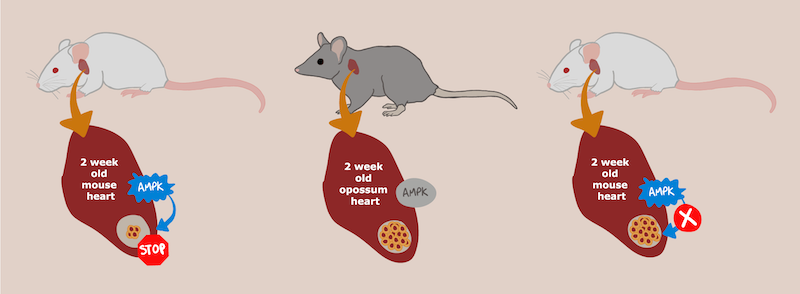
Cleveland Clinic researchers have identified a new pathway that contributes to cardiovascular disease associated with high levels of niacin, a common B vitamin previously recommended to lower cholesterol.
The team, led by Stanley Hazen, M.D., Ph.D., discovered a link between 4PY, a breakdown product from excess niacin, and heart disease. Higher circulating levels of 4PY were strongly associated with development of heart attack, stroke and other adverse cardiac events in large-scale clinical studies. The researchers also showed in preclinical studies that 4PY directly triggers vascular inflammation which damages blood vessels and can lead to atherosclerosis over time.
The study, published in Nature Medicine, also details genetic links between 4PY and vascular inflammation...
Read More







Recent Comments